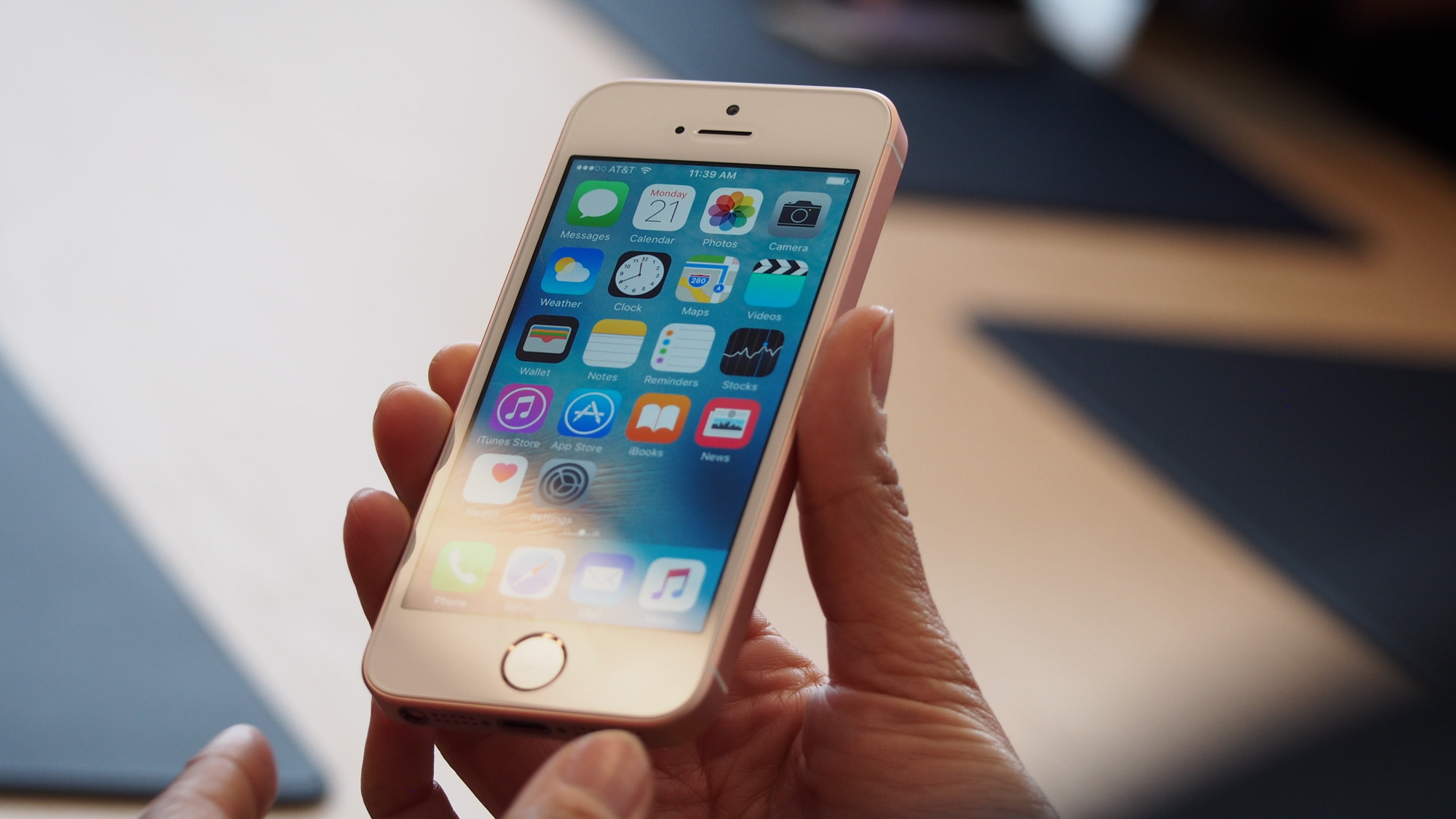iPhone SE successor could be released in early 2020, sources say
A new cheap iPhone might be available next year

We’ve been waiting for the iPhone SE 2, an updated version of Apple’s budget smartphone, for a while now, and it could be released early in 2020, according to a new report.
The next iPhone SE’s size will be expanded from the 4-inch screen in the original device to be similar to the 4.7-inch display on the iPhone 8, sources told the Nikkei Asian Review.
The sources claim the phone will have an LCD screen to save costs (much like the iPhone XR), but will pack ‘most of the same components’ as are coming in this year’s flagship iPhones. They add that the phone will launch "next spring", so likely March-May.
Presumably, this means the iPhone SE 2 will at least have the same powerful A13 processor as in the iPhone 11, iPhone 11 Pro and iPhone Pro Max.
While it would be nice if the SE 2 also got a generous helping of RAM, Apple’s phones traditionally don’t pack much anyway – it’s the processor that sets the benchmark for performance as well as the threshold for iOS updates.
Each new major iOS version updates the minimum processor quality needed to upgrade; for instance, the newly released iOS 13 only supports the iPhone 6S and iPhone SE or newer. So releasing the iPhone SE 2 makes sense – in essence, to catch the lowest-cost rung of Apple phone customers before they’re aged out of new iOS versions.
The sales angle
Or the new iPhone SE 2 could just be a play to drum up sales. iPhone sales dropped for the second consecutive fiscal quarter in Q2 2019 – down 17% year on year, according to an Apple earnings call back in April. It followed a general sales slump across the entire smartphone industry, but some have pointed to skyrocketing flagship device prices – including with the latest top-tier Apple handsets – for scaring away consumers.
Get daily insight, inspiration and deals in your inbox
Sign up for breaking news, reviews, opinion, top tech deals, and more.
“The cheaper iPhone SE could serve as a sales momentum kicker the first half next year, if the new premium iPhones do not perform well in the coming months,” GF Securities tech analyst Jeff Pu told Nikkei Asian Review.
But that might be too myopic of a move for Apple, which has rigorously held its devices in the premium tier. Releasing an SE 2 might not help Apple enough in the long run to be worth releasing.
“Launching a mid-range handset [such as an iPhone SE 2] would be good for short-term interest, but it won't help the brand in the long term as the image of Apple is premium,” IDC Associate Vice President for Devices, Francisco Jeronimo told TechRadar shortly after Apple’s Q2 earnings call. “It's much better to sell discounted older and refurbished devices as it keeps Apple's band at the high level.“
To combat sluggish market performance this year, Apple cut prices for its premium handsets in developing markets, which was somewhat effective: discounting the iPhone XR increased sales by 20 million in China, though Apple sales suffered an overall shortfall in the region.
The company also ramped up its trade-in value, and typically discounts older phones after introducing new ones. These are Apple’s affordable options for securing one of its premium handsets, and offering an iPhone SE 2 could undercut even these warehouse-clearing options.
In any case, we’d have to wait for early 2020 to see whether this report is accurate or not – but if it is, we might see a whole new Apple phones strategy develop around twice-yearly releases, just like Samsung, OnePlus and Huawei have.
- Via 9to5Mac
David is now a mobile reporter at Cnet. Formerly Mobile Editor, US for TechRadar, he covered phones, tablets, and wearables. He still thinks the iPhone 4 is the best-looking smartphone ever made. He's most interested in technology, gaming and culture – and where they overlap and change our lives. His current beat explores how our on-the-go existence is affected by new gadgets, carrier coverage expansions, and corporate strategy shifts.
